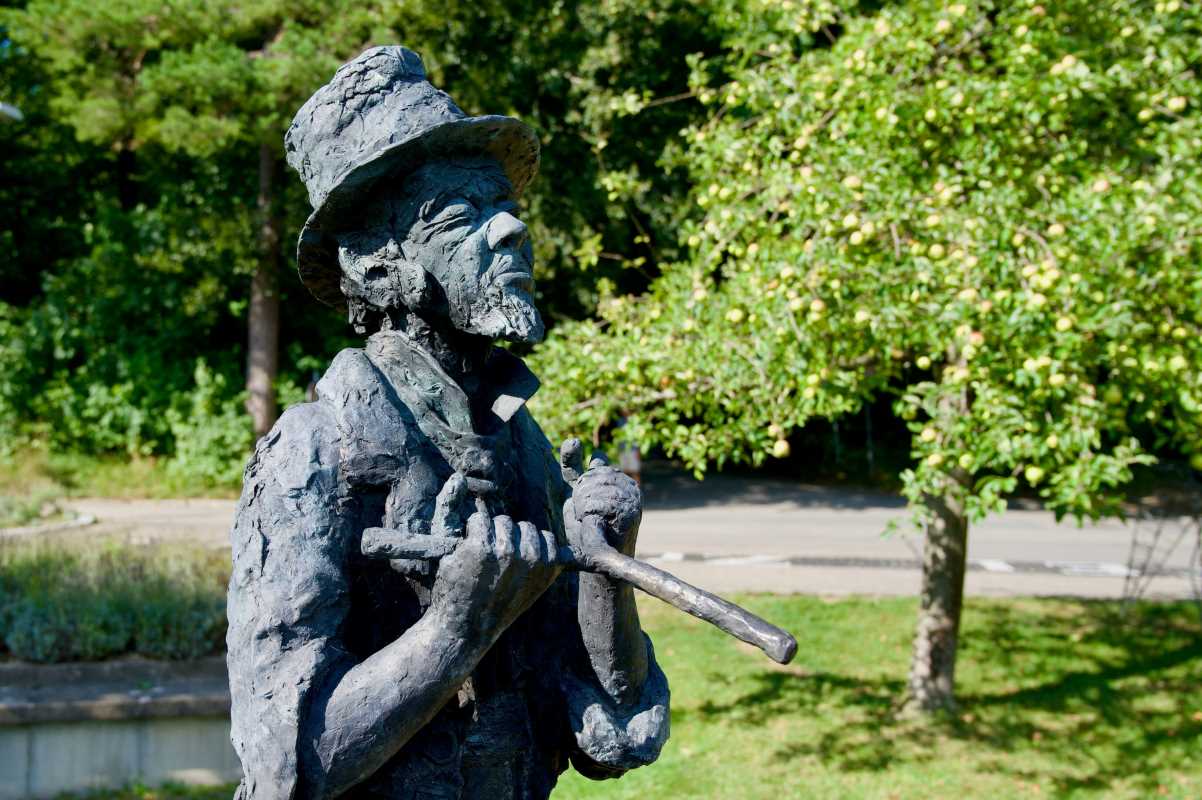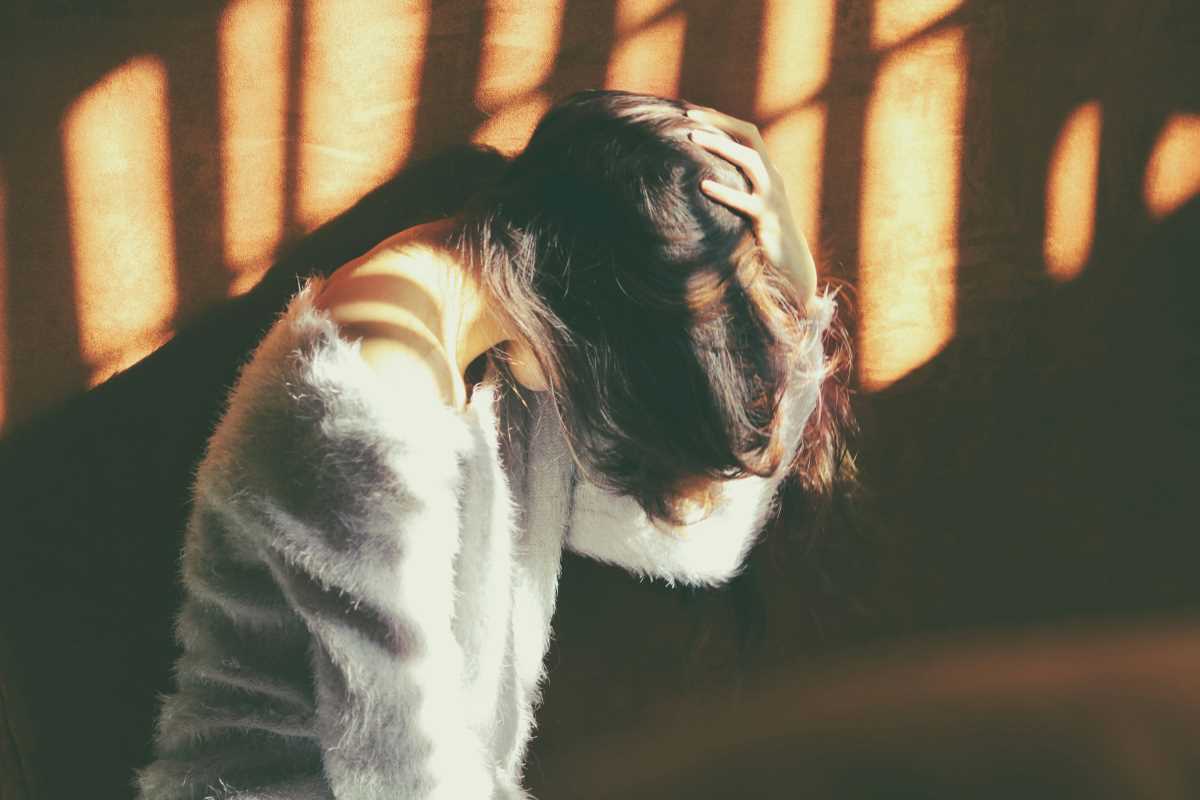Leprechaunophobia, or the fear of leprechauns, is one of the lesser-known -ologies of the human psyche but certainly one of the more fascinating. Combining folklore, cultural perception, and outright irrational fear, this topic is a goldmine for understanding human anxiety and its connections to the stories we tell ourselves. Maybe it’s hard to find a pot of gold when you’re too busy running away from the tiny, green-suited fella guarding it. But where did this all begin, and why has it held significance over the years? Gather around; it’s storytime.
Origins Wrapped in Folklore and Mirth
The origins of leprechaunophobia are deeply entwined with Irish folklore. Leprechauns first emerge in literature as solitary, mischievous little fellows skilled in shoemaking. They are said to hoard gold earned through their labor, hiding it at the end of rainbows or in secret spots around the Irish countryside. Despite their whimsical association with cheerful rainbows, these creatures weren’t exactly portrayed as friendly.
The early leprechauns were more tricksters than treasures. With their sly personalities and clever schemes, they could outwit the average human easily. This created an uneasiness around them. Were they good? Were they bad? Mostly, they were unpredictable, and for some, unpredictability is the perfect breeding ground for fear.
Adding to their cheeky nature, leprechauns were not particularly attractive, at least by mythical standards. Their small stature, wiry demeanor, and frequent scowls didn’t exactly scream "approachable." Combine these traits with a knack for trouble, and a figurative caution sign formed around the thought of meeting one.
Even though the Irish largely saw leprechauns as a lighthearted part of their mythology, the sensationalism of folklore often morphs with each retelling. What started as a sly but largely harmless character became, in some corners, a more menacing figure. This evolution, albeit gradual, unlocked the door to more discomfort toward these little shoemakers.
Fear Taking Root in Early Literature
Literature has had a substantial role in both preserving and amplifying folklore, including fears surrounding mythical beings. Writings about leprechauns in the early modern period began cementing their place as more than cheeky nuisances. They became creatures of power, mischief, and even mild menace.
Authors painted them as figures that humans couldn’t control. They were conniving, short-fused, and highly protective of their gold. Their trickery extended to tales of people falling victim to leprechauns’ plots, losing their way in the woods, or being lured toward danger. While the stories were meant to be cautionary and somewhat amusing, they planted seeds of unease in audiences unfamiliar with the playful nature of Irish humor.
And then there was the matter of their magic, for some people, magic itself can be inherently terrifying. Leprechauns’ ability to vanish, reappear, or manipulate the physical world blurred the line between reality and folklore. For skeptics who wanted life to stay firmly grounded in the explainable, these qualities veered toward disturbing.
Through retellings across poems, plays, and short stories, leprechauns strutted further into human consciousness. Though they were never truly monstrous figures, their association with unpredictability and misdirection started to make them feel like trouble waiting to happen. Thus, while few were outright terrified of leprechauns, the groundwork for leprechaunophobia was quietly being laid.
Cinema’s Role in Leprechaunophobic Evolution
Enter the twenty-first century, a time when everything, including mythical beings, could be immortalized, or demonized, in film. Hollywood’s touch on the leprechaun mythos created a turning point in how these creatures were perceived. And, spoiler alert, it wasn’t all pots of gold and cheery limericks.
The most infamous example likely comes from the 1993 horror-comedy Leprechaun. Starring Warwick Davis as an unsettling, murderous version of the mythical character, the movie transformed the leprechaun into an outright antagonist. No longer mischievous but downright lethal, this cinematic portrayal played on viewers’ fears with his bizarre mixture of humor, menace, and gore.
This depiction wasn’t an isolated incident. Sequels, spoofs, and even generic portrayals of leprechauns in other fantasy media leaned heavily on their shadowy, unpredictable qualities. While no one truly started believing that bloodthirsty leprechauns lurked in the woods, this new persona invited people to associate leprechauns with fear.
For those with anxiety tied to myths or unknown creatures, leprechauns now represented a darker, more sinister archetype. And while one might argue that a campy horror flick is far from reality, it’s not uncommon for creative portrayals to etch themselves into collective fears. Isn't it strange how the harmless imaginary suddenly seems like it could manifest?
Why Do People Fear the Tiny Green Men?
If we break it down, leprechaunophobia likely stems from several psychological components. At its core, it’s a fear of the unknown interwoven with cultural myths like a quilt that got a little carried away with its stitching. Here’s what may be at play:
- Unpredictability: Leprechauns are symbolically tied to trickery, leaving many unsure of their intentions. Are they friend or foe? Their elusive behavior evokes discomfort for those who find safety in predictability.
- The uncanny valley effect in folklore: Leprechauns, like clowns or humanoid robots, are almost human, but not quite. Their odd mix of charm and strangeness can set the nerves on edge.
- Power dynamics: Given their magical abilities, leprechauns often outmatch humans. The idea of being outwitted by a creature otherwise inferior in size feels oddly demoralizing and threatening.
- Media amplification: From eerie films to unsettling imagery in advertisements, modern depictions sometimes lean into their creepier qualities.
- Inherited phobias of folklore: Just as children might inherit fears of dark forests filled with wolves, the unease about leprechauns can pass down culturally in subtle ways.
It’s also worth mentioning that pop culture often amplifies fears that seem harmless. From zombies to Bigfoot, once a character is stamped as "creepy" in a film or meme, a whisper of discomfort stays with us, sometimes irrationally.
The Significance of Leprechaunophobia
You might wonder, "Why on earth should anyone care about a niche fear like leprechaunophobia?" Well, it’s about more than folklore or an overactive imagination. The discussion helps us unpack broader themes about fear, human psychology, and the cultural quirks that shape us.
First, fears like leprechaunophobia illustrate how storytelling impacts our minds. Whether it’s a campfire tale, a novel, or a movie, the myths we pass on have a deeper hold on us than we realize. Even in supposedly skeptical modern societies, folklore continues to influence feelings, behaviors, and even nightmares.
Secondly, examining leprechaunophobia reminds us how perceptions can shift over time. What was once seen as fun and mischievous evolved into eerie and unsettling through repeated reinterpretation. This evolution highlights the fluidity of culture and the ongoing power of narratives.
Lastly, leprechaunophobia might be trivial in the grand scheme of phobias, but it provides a lighthearted way to explore how fears work. By parsing cultural fears like this one, we gain deeper empathy for others who deal with serious phobias, regardless of their origins.
And, of course, it’s just plain fun to say "leprechaunophobia" while explaining to someone that even cheery Irish myths can have a dark side. For something born from rainbows and gold, that’s no small feat.
 (Image via
(Image via





